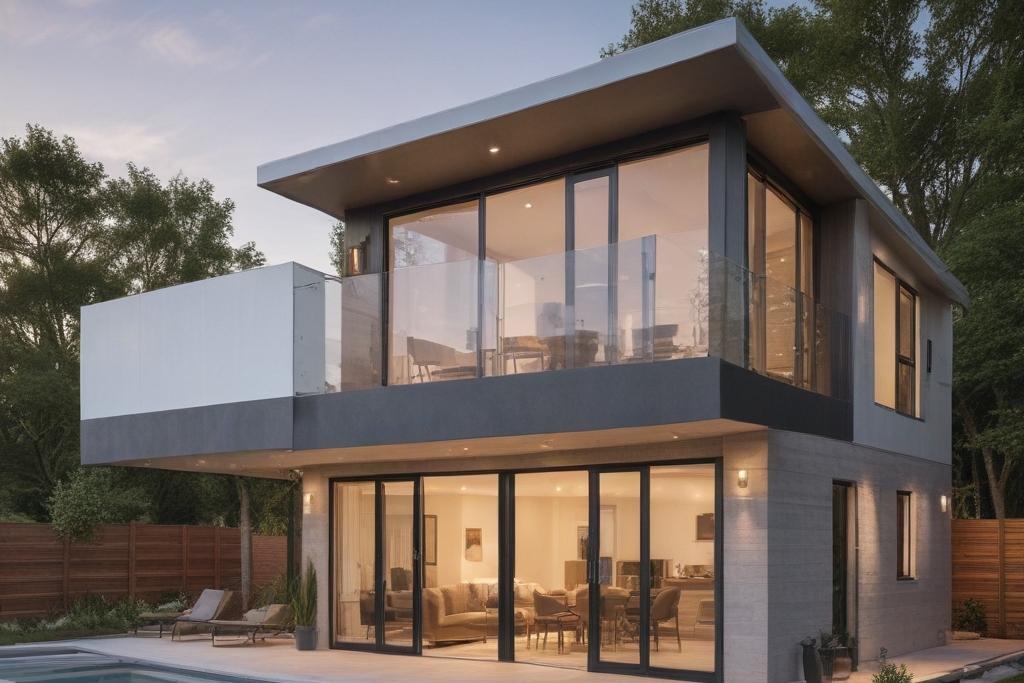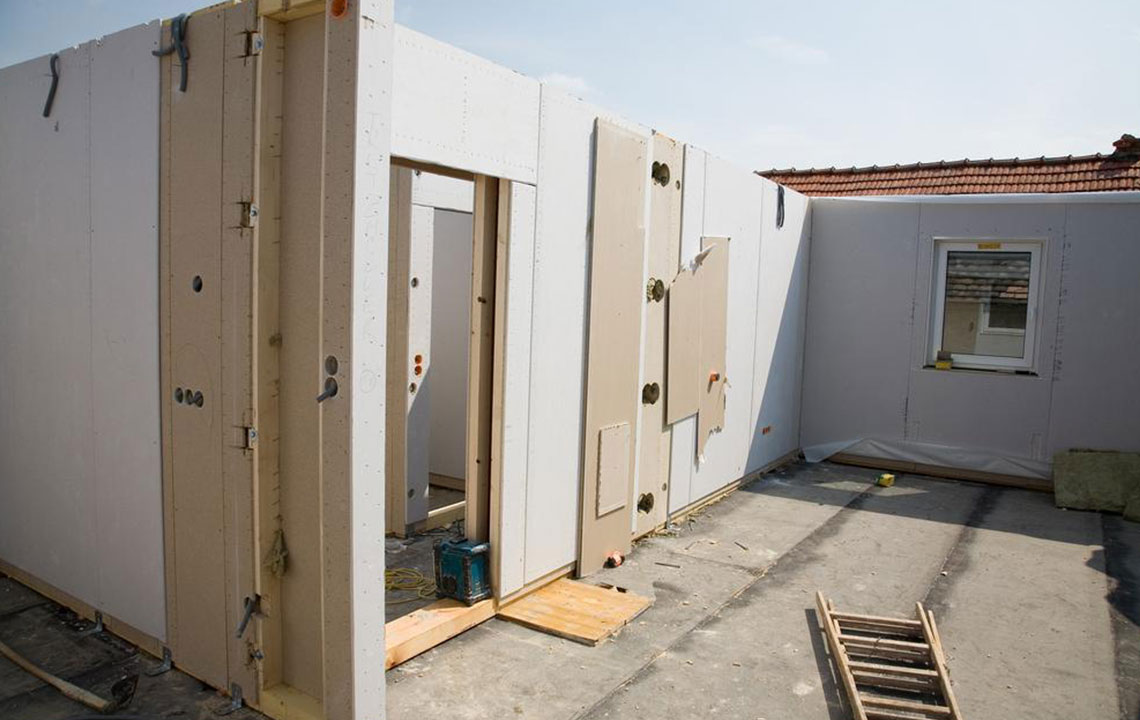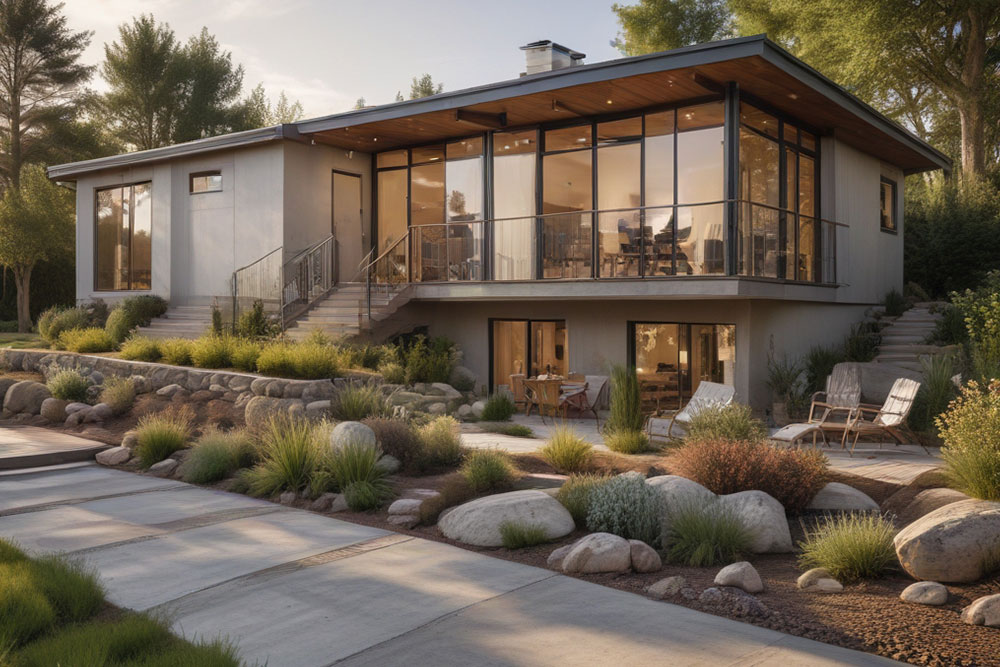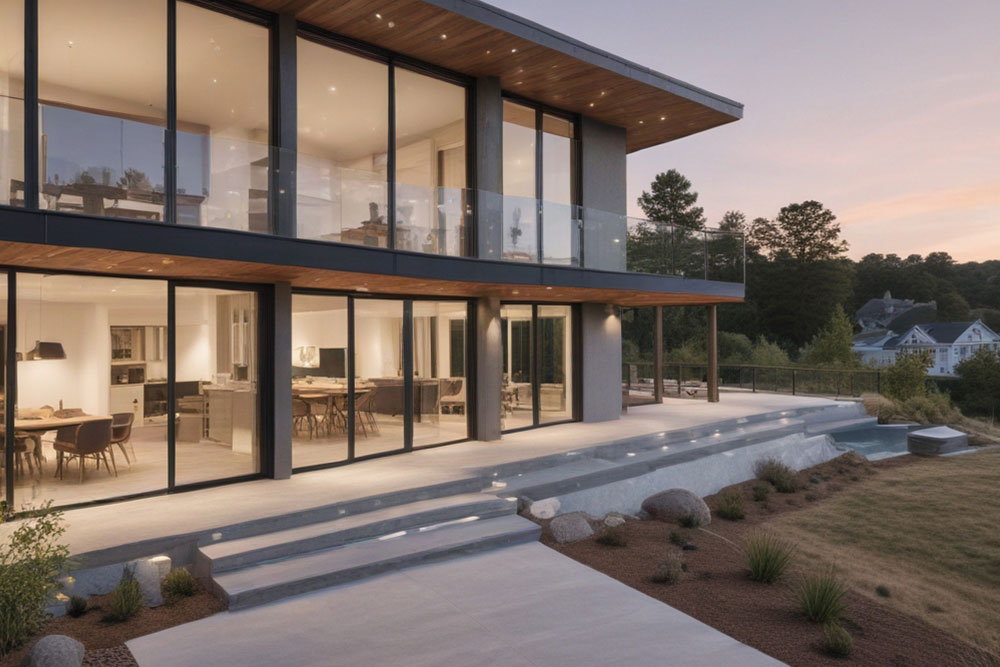Affordable Modular Housing Solutions for Elderly Residents
Explore cost-effective, customizable modular homes designed for seniors. These prefabricated residences offer quick construction, energy efficiency, and accessibility features, making them ideal for retirement living. Learn about different types, costs, and key considerations to choose the best housing solution for your needs.

Affordable Modular Housing Solutions for Elderly Residents
As seniors seek economical, comfortable, and accessible living options, modular homes have become increasingly popular. Known as "prefab" or modular dwellings, these structures provide numerous advantages tailored to those aged 55 and above. From customization options to quick construction, this article covers essential information on modular homes designed for aging in place. Discover the types, costs, features, and important factors to consider when selecting a prefab home suitable for seniors.
Understanding Modular Homes
Modular homes are constructed off-site in sections and transported to the desired location for assembly. This process results in faster build times, reduced expenses, and superior quality control compared to traditional stick-built homes.
Modular houses are highly customizable, often designed with accessibility features like ramps and large doorways. They come in various styles, including panelized, manufactured, tiny, and container homes, allowing seniors to select options that best fit their needs.
Why Modular Homes Are Suitable for Older Adults
Seniors often prioritize downsizing or low-maintenance living. Modular homes offer several benefits tailored for retirement:
Cost-Effectiveness: Generally more affordable than traditional homes, modular construction reduces material and labor costs, making homeownership more attainable for seniors on a fixed income.
Rapid Build Time: These homes can be erected in just a few months, enabling seniors to move in quickly.
Energy Efficiency: Many modules incorporate energy-saving materials and appliances, lowering utility bills over time.
Custom Features: Designs can include accessible features like walk-in showers, wider hallways, and ramps for added comfort and independence.
Minimal Upkeep: Modern materials ensure durability and require less maintenance, ideal for seniors aiming to reduce upkeep tasks.
Eco-Friendly Options: Some prefab homes use sustainable materials, appealing to environmentally-conscious seniors.
Types of Modular Homes for Seniors
Various prefabricated options cater to different preferences and needs, allowing seniors to find a suitable match based on lifestyle, budget, and space requirements.
| Home Type | Description | Seniors’ Features |
|---|---|---|
| Modular Homes | Built in factory sections and assembled on-site. | Flexible layouts, energy-efficient, adhere to local codes. |
| Manufactured Homes | Placed on a permanent chassis, often budget-friendly. | Single-story design, mobility-friendly, affordability. |
| Panelized Homes | Constructed with large panels assembled locally. | Quick setup, customizable interior layout, energy-efficient materials. |
| Tiny Homes | Compact spaces with minimalistic design. | Low-cost, easy to maintain, suitable for downsizing and aging-in-place. |
| Container Homes | Made from repurposed shipping containers for a modern eco-friendly look. | Unique design, sustainable, ideal for eco-conscious seniors. |
2024 Cost Insights for Modular Homes
Prefab home prices depend on size, design, and customization. Typically, costs range from $50 to $200 per square foot, often less costly than traditional builds costing up to $150 to $400 per square foot.
Estimated costs for different types include:
| Home Type | Average Price | Customization Cost | Total Approximate Cost |
|---|---|---|---|
| Modular Homes | $100,000 – $250,000 | $20,000 – $50,000 | $120,000 – $300,000 |
| Manufactured Homes | $50,000 – $150,000 | $15,000 – $40,000 | $65,000 – $190,000 |
| Panelized Homes | $70,000 – $180,000 | $10,000 – $30,000 | $80,000 – $210,000 |
| Tiny Homes | $30,000 – $80,000 | $5,000 – $15,000 | $35,000 – $95,000 |
| Container Homes | $50,000 – $100,000 | $10,000 – $25,000 | $60,000 – $125,000 |
Features Enhancing Senior Living in Modular Homes
To optimize comfort, safety, and accessibility, manufacturers incorporate several key features:
Single-Story Design: Eliminates stairs, ideal for mobility concerns.
Accessible Bathrooms: Includes walk-in showers, grab bars, and slip-resistant floors.
Wider Doorways & Hallways: Facilitates easier movement for wheelchairs or walkers.
Energy-Saving Elements: Features like energy-efficient windows and appliances help reduce utility costs.
Low-Maintenance Materials: Durable, modern materials simplify upkeep.
Choosing the Right Modular Home for Seniors
Before purchasing a prefab home, seniors should consider:
Location & Zoning Laws: Ensure the area permits modular construction and is close to healthcare, shops, and recreation.
Financing Options: Explore specialized loans or financing programs available for prefab homes.
Customization Needs: Prioritize features that improve accessibility and future adaptability.
Resale Value: Check how similar homes retain value based on the type and area.
Overall, modular housing offers a cost-effective, customizable, and sustainable living solution for seniors. With various options tailored to their unique needs, these homes promote Independent, comfortable, and affordable retirement living.
References:
U.S. Department of Housing and Urban Development: https://www.hud.gov
Manufactured Housing Institute: https://www.manufacturedhousing.org
Modular Home Builders Association: https://www.modularhousing.com










